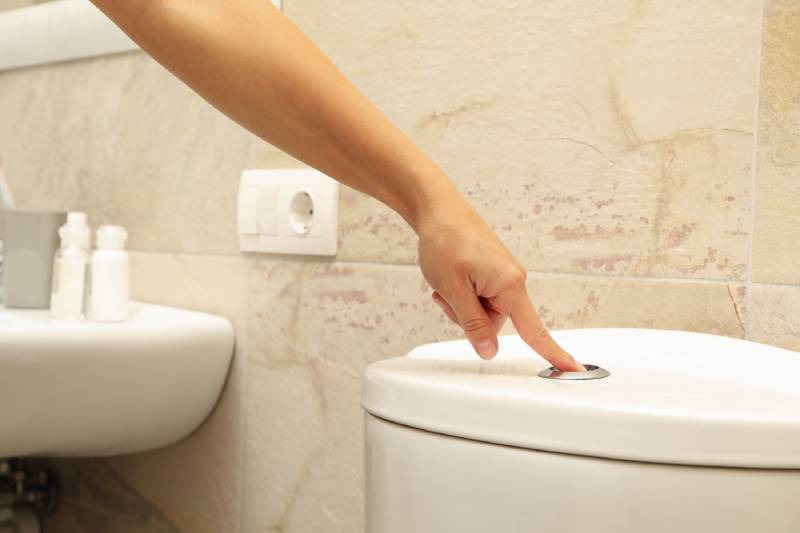
Upgrading to a water-efficient toilet is a smart move for any homeowner looking to save money and reduce environmental impact. With advancements in technology, today's water-efficient toilets offer excellent performance while using significantly less water than older models. Here's a guide to help you navigate the installation process, exactly as it would be performed by a professional plumber in Austin, TX, and maximize your savings and performance.
Water Savings: Water-efficient toilets use as little as 1.28 gallons per flush (GPF), compared to the 3.5 to 7 GPF used by older toilets. This can lead to significant reductions in your water bill.
Environmental Impact: Reducing water consumption helps conserve vital water resources and decreases the energy needed for water treatment and distribution.
Performance: Modern water-efficient toilets are designed to handle waste effectively with less water, preventing clogs and ensuring a clean flush every time.
Look for the WaterSense Label: Toilets with the WaterSense label meet strict criteria for water efficiency and performance. This certification ensures you're getting a product that saves water without sacrificing functionality.
Consider the Flush Mechanism: There are several types of flush mechanisms, including single-flush, dual-flush, and pressure-assisted. Dual-flush toilets offer two flush options—one for liquid waste and another for solid waste—providing additional water savings.
Check for Rebates: Many municipalities offer rebates for installing water-efficient toilets. Check with your local water utility to see if you qualify for any incentives.
Gather Your Tools: Before starting, make sure you have all the necessary tools, including a wrench, pliers, a putty knife, a sponge, and a new wax ring or gasket.
Prepare the Area: Turn off the water supply and flush the old toilet to empty the tank and bowl. Disconnect the water supply line and remove the old toilet. Clean the flange area to ensure a proper seal for the new toilet.
Install the New Toilet: Position the new wax ring on the flange and carefully lower the new toilet onto the flange, ensuring it is aligned correctly. Tighten the bolts, but be cautious not to over-tighten and crack the porcelain.
Connect the Water Supply: Reattach the water supply line and turn on the water. Check for any leaks around the base and the supply line connection. If there are no leaks, you're all set.
Test the Flush: Flush the toilet several times to ensure it is working correctly and efficiently. Make any necessary adjustments to the fill valve or flapper if the flush isn't performing as expected.
Regular Cleaning: Keep your toilet clean to maintain its performance and prevent any buildup that could affect the flush.
Check for Leaks: Periodically inspect the toilet for leaks, especially around the base and the water supply line.
Replace Parts as Needed: Components like the flapper and fill valve may wear out over time. Replacing these parts when necessary can help maintain your toilet's efficiency.
Upgrading to a water-efficient toilet is a valuable investment that offers both financial and environmental benefits. By following these tips, you can ensure a smooth installation process and enjoy the long-term advantages of reduced water usage and improved performance.
At Stan's, we understand the importance of water efficiency and are here to help with all your plumbing needs. Whether you're installing a new toilet or need assistance with maintenance, our team of plumbers in Austin, TX is dedicated to providing top-quality service.